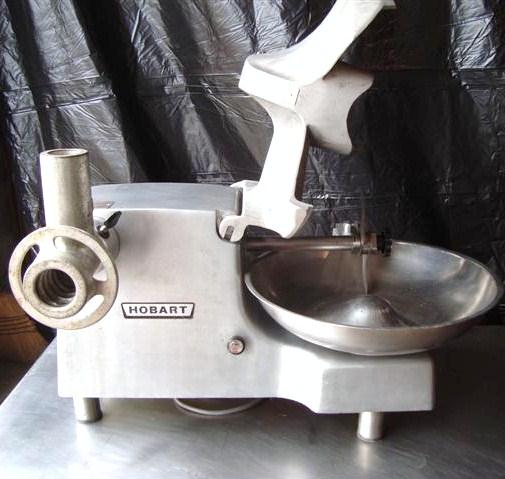

They were evaluated using the Hearing in Noise Test (HINT), the Classroom Participation Questionnaire (CPQ), and the Sustained Auditory Attention Ability Test (SAAAT) with RMS. Eleven children (mean age of 9.2 years) with severe and profound sensorineural UHL, hearing aid users and enrolled in regular schools participated in the study. Prospective clinical study with a convenience sample. To evaluate the performance of the Remote Microphone System (RMS) in children with UHL. These findings have important implications for clinical practice, suggesting RM system use in classrooms could potentially improve listening-in-noise performance for some youth with autism.ĭue to the large number of individuals with Unilateral Hearing Loss (UHL) and the recommendation to use hearing assistive devices, studies are required to define possibilities of intervention for this population. However, this boost in accuracy was coupled with increased listening effort, as indexed by longer reaction times while using an RM system, for some youth with autism, perhaps suggesting greater engagement in the listening-in-noise tasks when using the RM system for youth who had lower cognitive abilities, were less linguistically able, and/or have difficulty integrating seen and heard speech. This study extends prior work by showing that RM systems have the potential to boost listening-in-noise accuracy for youth with autism. RM system use was also associated with decreased listening effort for youth with very high nonverbal cognitive ability. Specifically, moderated effects indicated that RM system use was associated with increased listening effort for youth who had (a) average to below-average nonverbal cognitive ability, (b) below-average language ability, and (c) reduced audiovisual integration. On average, RM system use did not have an effect on listening effort across all youth with autism compared with no RM system use but instead yielded effects that varied according to participant profile. Notably, none of the putative moderators significantly influenced the effects of the RM system on listening-in-noise accuracy, indicating that RM system benefits did not vary according to any of the participant characteristics assessed. The observed benefits were all large in magnitude, although the benefits on average were greater for more complex stimuli (e.g., key words embedded in sentences) and relatively smaller for less complex stimuli (e.g., syllables). Overall, RM system use resulted in higher listening-in-noise accuracy in youth with autism compared with no RM system use. In addition, several putative moderators of RM system effects (i.e., sensory and multisensory function, language, nonverbal cognition, and broader features of autism) on outcomes of interest were evaluated. Listening-in-noise accuracy and listening effort were evaluated simultaneously using a dual-task paradigm for stimuli varying in complexity (i.e., syllable-, word-, sentence-, and passage-level). We implemented a within-subjects design to investigate our hypotheses, wherein 32 youth with autism completed listening-in-noise testing with and without an RM system. Specifically, we hypothesized that participants who were chronologically older, had greater nonverbal cognitive and language ability, displayed fewer features of autism, and presented with more typical sensory and multisensory profiles might exhibit greater benefits of RM system use than participants who were younger, had less nonverbal cognitive or language ability, displayed more features of autism, and presented with greater sensory and multisensory disruptions. Furthermore, we predicted that effects of RM system use on listening-in-noise accuracy and listening effort would vary according to participant characteristics.

We hypothesized that listening-in-noise accuracy would be enhanced and listening effort reduced, on average, when participants used the RM system. We explored effects of RM system use on both listening-in-noise accuracy and listening effort in a well-characterized sample of participants with autism. This study examined whether remote microphone (RM) systems improved listening-in-noise performance in youth with autism.


 0 kommentar(er)
0 kommentar(er)
